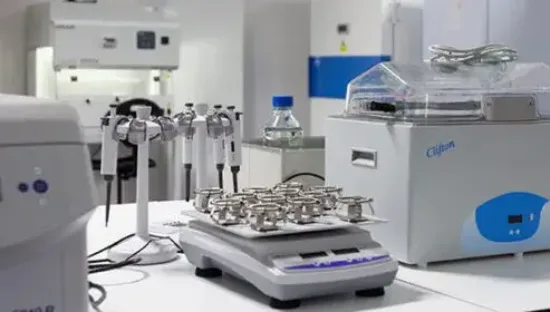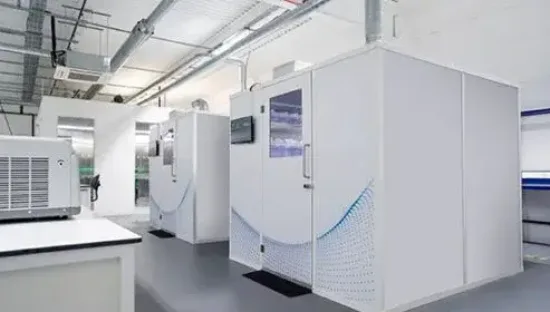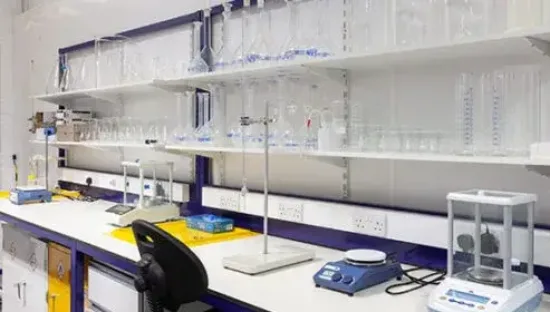What is ISO10993-23 testing?
Tests to determine the irritancy of medical devices, materials or their extracts. Irritation testing is essential in evaluating a device’s potential to cause an irritation reaction following exposure to the body. With the introduction of the In Vitro Recombinant human Epidermis (RhE) model for skin irritation, manufacturers can now look to determine irritation potential of their devices without the need for animal testing.
The testing allows for detection of irritants from polar and non-polar extracts of devices as well as through direct contact with compatible creams, liquids and gels. The test method determines the viability of the RhE cells, with <50% viability as an indication of irritant potential. Reconstructed human epidermis (RhE) consists of human skin cells (keratinocytes) which are organised into a normal human epidermis structure, forming a 3D structure.
These models overcome the limitations of traditional monolayer of cells which are used in cytotoxicity in vitro testing, as they represent more of the complex systems that occur in organisms. The RhE 3D structure includes an organized basal, spinous, and granular layer, as well as multi-layered stratum corneum (the outer layer of skin which acts as the main skin barrier).
Biological Evaluation Plan
BEP establishes your product testing requirements. It also helps to prevent unnecessary testing studies.ISO 10993-23 Test for Irritation
The test extract is topically exposed to the RhE skin tissue and incubated. The sample is exposed to MTT dye, which is a yellow salt that measures cellular metabolic activity.Biological Evaluation Report
Your report will be issued with in two weeks of experimental phase completion, fully compliant with GLP requirementsISO 10993-23 Test for Irritation
We perform regulatory studies in compliance with the Principles of Good Laboratory Practice (GLP). GLP is a defined set of Principles designed to be implemented within a quality system of a test facility conducti ng non-clinical health and environmental safety studies intended for regulatory submission. These principles outline how studies should be planned, performed, monitored, recorded, archived, and reported with the aim to harmonise the way in which test facilities work. The GLP Principles were published for test facilities to comply with to ensure the integrity, quality, consistency, and reliability of data that is produced.
The GLP regulations require that “regulatory studies” to demonstrate the safety or properties where the data is intended for submission must be performed at a test facility that is a member of the respective national compliance monitoring programme. As a member of this programme test facilities are inspected on a regular basis as an assessment of conformity.
We won’t keep you waiting
We respond to all enquiries within minutes of receiving them.
Our lead times match the urgency and demand in the market – we offer industry-leading turnaround times because we know how critical reliable data is for your project. While what you’ve seen is our typical lead time, the final timeline will depend on your specific study requirements. But rest assured, we’ll do everything we can to deliver even faster.
Think of it like a relay race – we’ll hand over the data baton as quickly as possible, so you can keep moving forward on your medical device journey.






